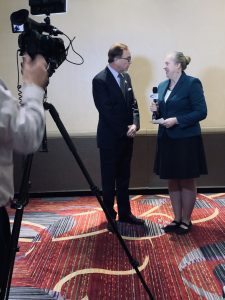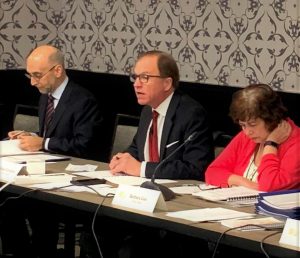By Roger Schmelzer and Barbara Cox
The NCIGF has filed comments with as Oklahoma court in response to a petition to restructure certain policies of Providence Washington Insurance Company (PWIC) to Yosemite Insurance Company, pursuant to the Oklahoma Insurance Business Transfer statute. Both companies are affiliates of Enstar Group Limited.
Notably, the block of business proposed to be transferred includes workers compensation policies that were originally policies of the now insolvent ROA insurance company. These claims were serviced for some time by the guaranty funds before they were transferred to PWIC.
NCIGF’s comments called for the Court to consider the availability of guaranty association coverage for the transferred claims should Yosemite become insolvent. Further, NCIGF explained its position on the matter; that if there was guaranty fund coverage before the transaction there should be coverage after the transaction. Conversely, if there was not guaranty fund coverage before the transaction, coverage should not be created by the transaction.
The NCIGF also noted that it is not likely that most current state laws would be interpreted to achieve this result. NOLHGA and the Arizona Insurance Department also filed comments in the matter.
The transaction is representative of a trend in several states which have adopted statutes permitting division or transfer of blocks of insurance business to different entities. The relinquishing entity would have no residual liability for the business if assets become insufficient to cover claims. Guaranty fund coverage under current statutes for the transferred business under current guaranty fund law is unclear.
A pre-trial conference originally set for April 29 has been continued until September 23. The docket for this case may be accessed at https://www.oscn.net/dockets/GetCaseInformation.aspx?db=oklahoma&number=CJ-2019-6689.
NCIGF, NOLHGA and Arizona comments may be viewed at this link. NCIGF is represented in this matter by Derryberry and Naifeh, LLP.





 Guaranty Fund Services (GSI)
Guaranty Fund Services (GSI)